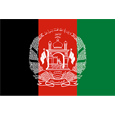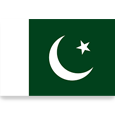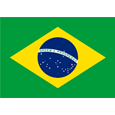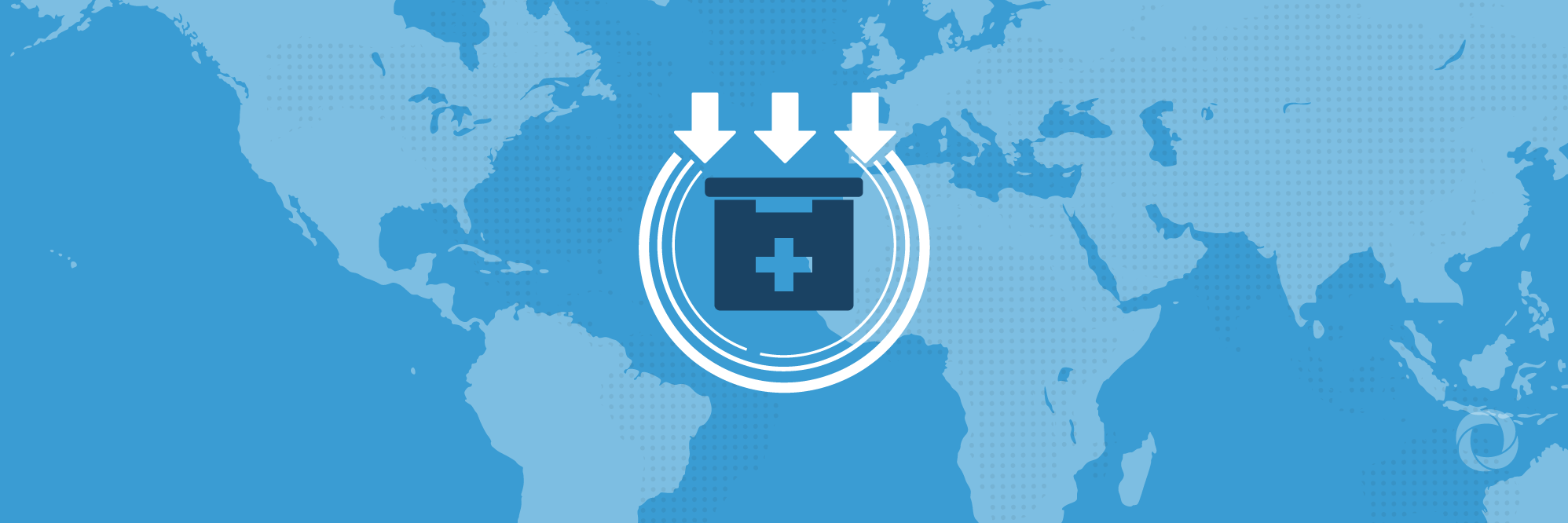By Jurie Hendrik Human
In terms of overall official development assistance (ODA), the UK was 3rd overall in aid volume among the 30 members of the Organization for Economic Cooperation and Development (OECD) in 2019. According to the new model for calculating ODA, in total, the UK donated US$19.4 billion which was up by 2.2% from its official contribution in 2018.
The UK is a high-effort donor currently contributing 0.7% of its gross national income (GNI) to foreign aid – ranking it 5th among DAC countries. The UK also stands out for the relatively high contribution from its private sector, although bilateral aid still makes up the majority. With 99.6% of the UK’s aid being in the form of grants, this also makes it one of the more generous donors.
The UK’s main administrator of foreign aid is the Foreign and Commonwealth Development Office (FCDO) which manages 70-75% of the UK’s total aid. According to its 2015 Aid Strategy, the UK’s main goals in terms of aid are:
- Strengthening global peace, security, and governance
- Strengthening resilience and response to crises
- Promoting global prosperity
- Tackling extreme poverty and helping the world’s most vulnerable
Accordingly, at least 50% of its aid budget is committed to fragile contexts such as least developed countries (LDCs).
 UK aid to Afghanistan
UK aid to Afghanistan
In 2019, Afghanistan was the top recipient of UK bilateral ODA. Compared to 2018 the assistance increased by US$69.8 million to reach US$402.7 million. Spending in Afghanistan is mainly focused on water and sanitation, education and nutrition as well as humanitarian aid. In 2019, the UK was the third-largest international donor to Afghanistan after the US and Germany.
 UK aid to Pakistan
UK aid to Pakistan
Of all the countries receiving aid from the UK, Pakistan was the second-largest recipient with receipts totaling US$389.9 million. This is slightly surprising in that, overall, Pakistan was not one of the largest recipients of ODA internationally. The UK was only Pakistan’s 4th largest contributor during the period 2018 to 2019, following behind the International Development Association (IDA) with US$535.4 million, the Asian Development Bank, and the US although aid from the UK still comprised more than 10% of Pakistan’s total aid package which stood at US$3.4 billion in 2019.
 UK aid to India
UK aid to India
As a country, India is one of the largest recipients of aid in the world. Aid relations between the UK and India are also strong as the latter also falls under the Commonwealth umbrella. However, as India is not an LDC, aid to this country is not highly prioritized. Thus India is the UK’s 17th highest recipient of aid with receipts of around US$150 million out of the total of US$4.1 billion sent to Asian nations. From 2018 to 2019, the UK was India’s 5th largest contributor (including the International Development Association), averaging US$144 billion per year while Japan was India’s top donor with nearly US$2.47 billion.
 UK aid to Argentina
UK aid to Argentina
In general, Argentina is not a major ODA recipient, especially as it is not considered to be an LDC or fragile context. Over 2018 and 2019, the UK was Argentina’s 7th largest donor with an average of US$4.5 million of aid per year. Argentina’s gross ODA was US$304.2 million in 2019 with the International Monetary Fund (IMF) being its top donor contributing almost a third of that amount. In total, the UK contributed US$330 million in aid to the Americas in 2019.
 UK aid to Brazil
UK aid to Brazil
Across 2018 and 2019, the UK ranked as Brazil’s 6th largest contributor, donating an average of US$38.9 million annually. That means aid from the UK makes up a considerable proportion of Brazil’s US$632.6 million total aid during 2019. However, this pales in comparison to Germany’s contribution which averaged around US$231.4 million annually.
 UK aid to Africa
UK aid to Africa
Africa, as a region or continent, is the world’s largest recipient of aid. Unsurprisingly, the continent received the largest share of the UK’s ODA budget in 2019 with US$4.2 billion. Correspondingly, 11 African countries featured in the UK’s top 20 recipient countries. Ethiopia was the largest among the African countries and second overall with around US$417 million. Nigeria (US$359 million), South Sudan (US$288 million), and the Democratic Republic of the Congo (US$257 million) also ranked highly.

